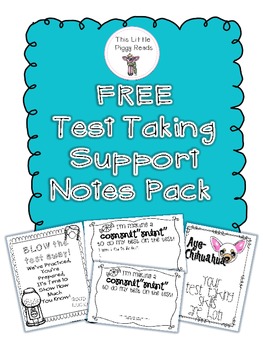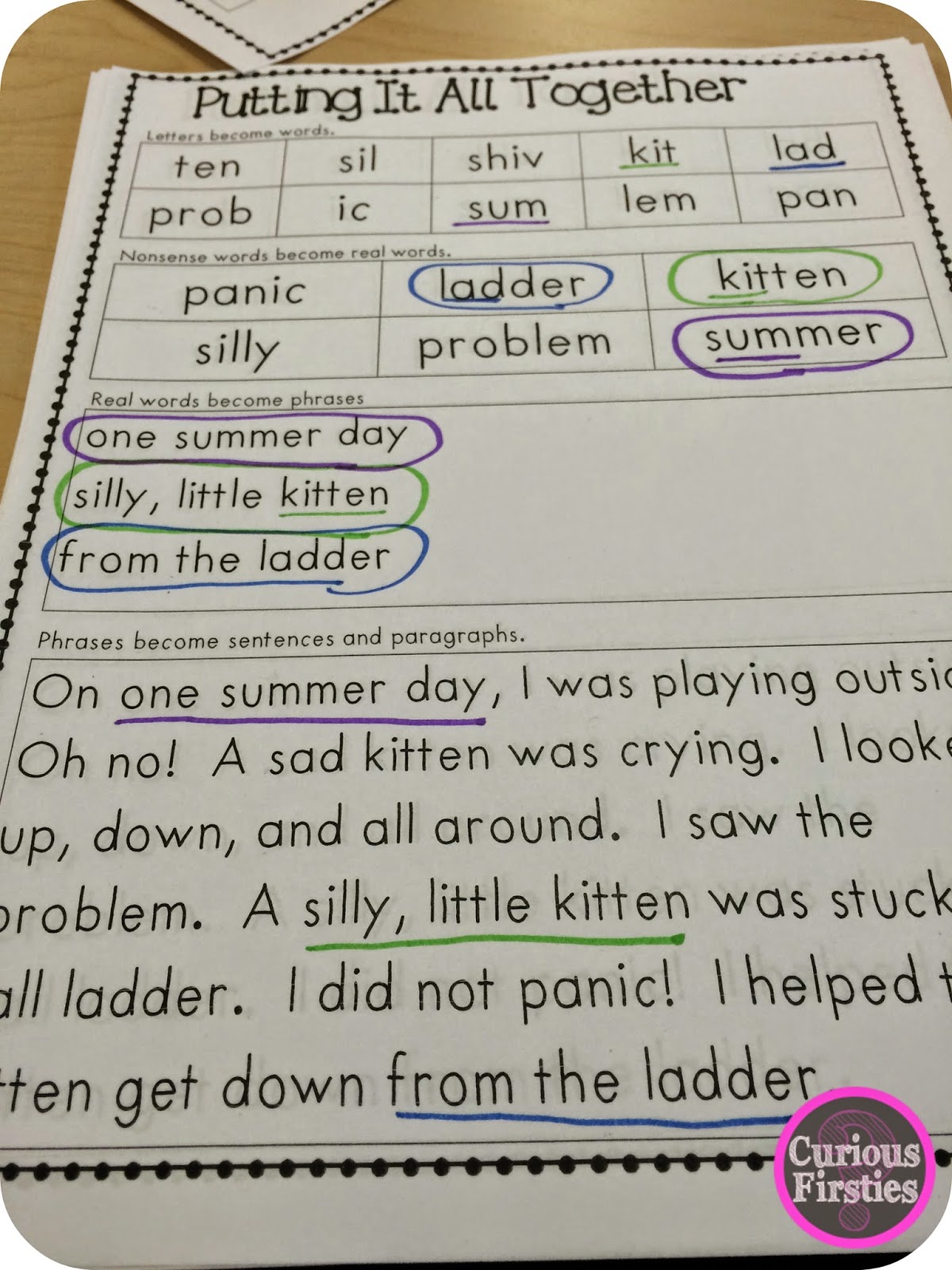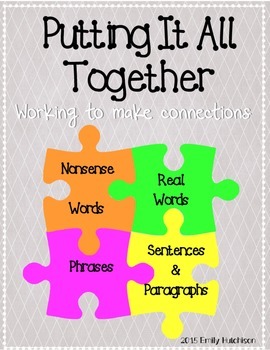Word Work
I'm not trying to start an argument, but I believe Kindergarten is the MOST IMPORTANT GRADE! Tools provided to the student in Kindergarten are invaluable. They are truly the foundation for all other skills to be built on. With this in mind, each lesson is important. Word Building is the culmination of letters and sounds and their relationship. Here are 3 ideas for word building that can be done in whole group, small group, and even independent learning centers.
 |
| Vowel Posters |
 We use vowel posters in classroom with yellow backgrounds. Not only is this visually easy for children to see, it will help with a future activity for word building (you'l see in number 3).
We use vowel posters in classroom with yellow backgrounds. Not only is this visually easy for children to see, it will help with a future activity for word building (you'l see in number 3). The first, and most supported activity is word building with CVC mats. These mats are designed to help the earliest learner. These seasonal cards have the CVC picture with the letters at the top of the card. Students need to rearrange the letters to spell the CVC words with magnet letters, letter tiles, or dry erase markers. The emphasis is practicing the order of the sounds: beginning, middle, and end.
The first, and most supported activity is word building with CVC mats. These mats are designed to help the earliest learner. These seasonal cards have the CVC picture with the letters at the top of the card. Students need to rearrange the letters to spell the CVC words with magnet letters, letter tiles, or dry erase markers. The emphasis is practicing the order of the sounds: beginning, middle, and end. Another idea for word building, is practice with CVC word puzzles. This CVC activity supports the student with choice. The students are still asked to stretch the word and color the beginning, the middle, and the ending sounds. The colored boxes spell the picture. To create a clear connection to the classroom vowel posters, students are asked to color the vowel yellow.
Another idea for word building, is practice with CVC word puzzles. This CVC activity supports the student with choice. The students are still asked to stretch the word and color the beginning, the middle, and the ending sounds. The colored boxes spell the picture. To create a clear connection to the classroom vowel posters, students are asked to color the vowel yellow. Finally, the last activity includes a stoplight. Students know about a stoplight. Ask any kindergartner, "What does a red light mean?" They will confidently tell you "STOP!" Using that background knowledge, teach them to build words. When stretching words, make sure you allow them to hear the beginning, middle, and end of the word. When writing the sound representations, they will write the beginning, middle, and end. BUT, the true value in Stoplight Writing is the yellow light. Just like we "slow down" for a yellow light, we need to "go slow" with our vowels. "We have to go slow...they can really trick us." Once we practice this in a whole group situation, it is put in a CVC center for independent practice. Stoplight Cards can be laminated or put in pockets to be used with dry erase markers or magnet letters for mastery.
Finally, the last activity includes a stoplight. Students know about a stoplight. Ask any kindergartner, "What does a red light mean?" They will confidently tell you "STOP!" Using that background knowledge, teach them to build words. When stretching words, make sure you allow them to hear the beginning, middle, and end of the word. When writing the sound representations, they will write the beginning, middle, and end. BUT, the true value in Stoplight Writing is the yellow light. Just like we "slow down" for a yellow light, we need to "go slow" with our vowels. "We have to go slow...they can really trick us." Once we practice this in a whole group situation, it is put in a CVC center for independent practice. Stoplight Cards can be laminated or put in pockets to be used with dry erase markers or magnet letters for mastery.If you would like FREE Vowel Poster Set, CLICK HERE!




























